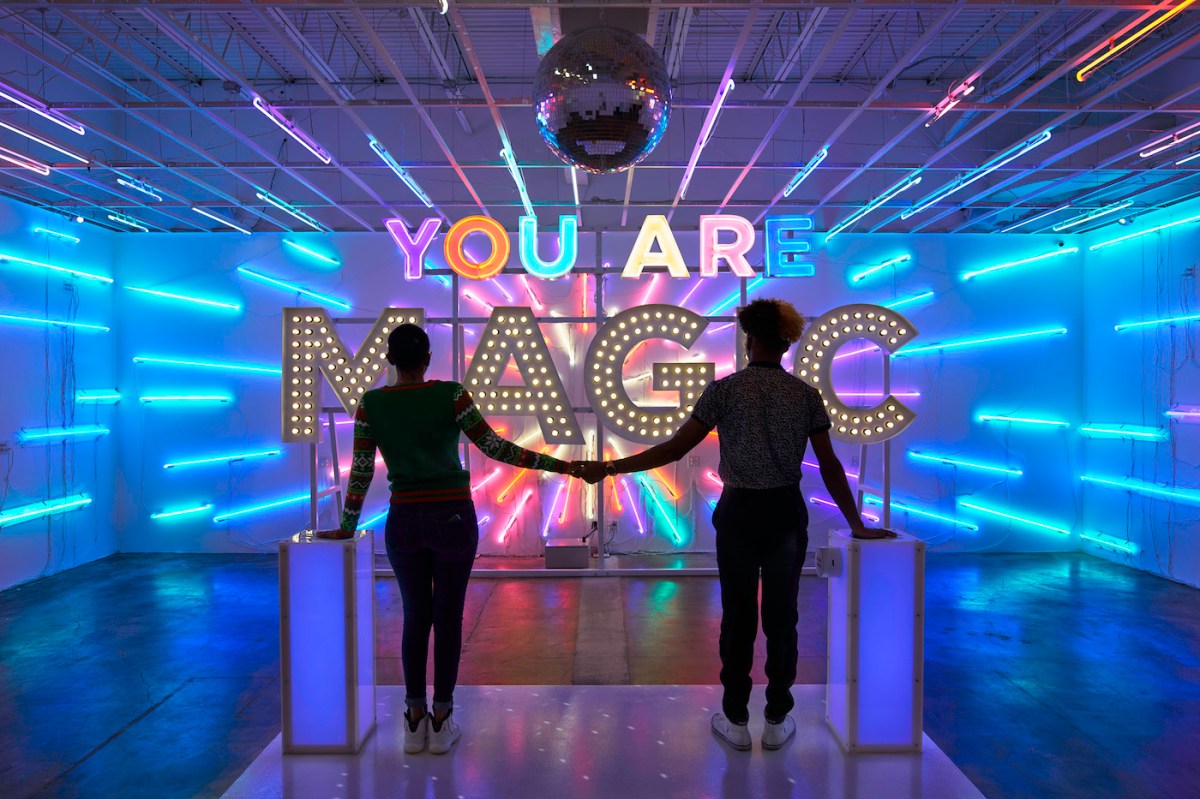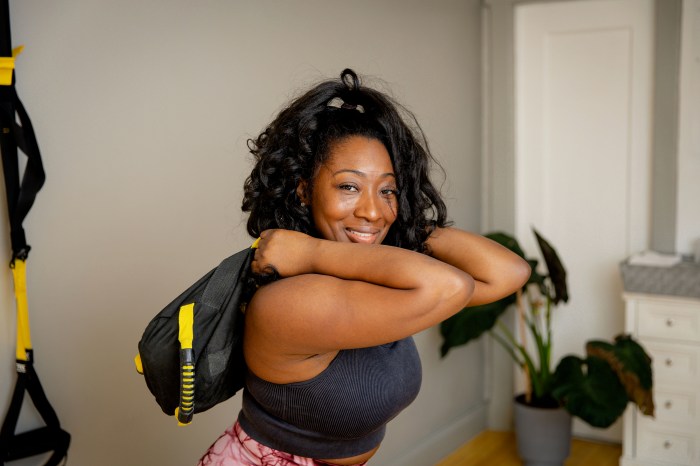Fishs Eddy, the family-run dishware store with the grammatically nonsensical name, has been catering to New Yorkers for more than 30 years.
Started in the Flatiron District by Julie Gaines and Dave Lenowitz, the couple got their original stock in 1986 from the sub-basements of Bowery restaurant supply stores, where they uncovered a sea of unused dishware from hotels, railroads, country clubs and more.
“We were in the right place at the right time,” Gaines told amNewYork. “We wouldn’t find one [plate or cup], like you’d find at the flea market, we’d find like 25 to 35 bushels of it. Endless stacks.”
Today the Flatiron store features its own designs, from a Ruth Bader Ginsburg coffee mug to an Alexander Hamilton shot glass (get it?) to dishware with the New York City skyline.
Gaines has written a graphic memoir, “Minding the Store,” illustrated by her son Ben Lenowitz, chronicling professional — and personal — ups and downs. By turns funny (she tried her hand at stand-up comedy) and touching (she was recently diagnosed with multiple sclerosis), Gaines spoke with amNewYork about the memoir, working with family and what to divulge.
Why did you decide to write this book?
The funny thing is that I had been approached for many years by lots of publishers to do DIY books, and I don’t really DIY anything. . . . But I had this story. I had lots of notes, because I wrote the book in real time, because we were going through some growing pains, and it was just an outlet for me to write. And so I had a story on me and I went back to one of the publishers and I said, “I can’t do a DIY book but I do have a story.” Because you know, if you do anything for more than 30 years in New York City, I think you probably have something to say.
You write very playfully about working with both your mother and your mother-in-law. Was it a better process collaborating with your son?
[Laughs] Um, it had issues. But there was a real turning point. It was very complicated, you know. And he had some process issues, with how to draw it. He was doing these huge drawings, honestly, these gigantic charcoal drawings. . . . So we sought out advice on how to actually execute the process. Because his lines were great, and the faces were great and the characters were great. He really nailed it. So it was a little difficult. But once we started coming together about the middle of the book, he got really excited. And then it turned. Then he started just doing the job. But the beginning was definitely intimidating.
Did anybody get to have input on what they looked like in his characterization?
Well it’s funny because he was having trouble [with some people], so I said, “OK, here’s the best thing I can tell you, for my mother,” because he knows what my mother looks like and he knew what his other grandmother looked like, but she passed away, so I said, “For reference pictures go to Bea Arthur and Kathy Bates. That’s what you have to do. So Google them every time you need a picture because they are the closest thing you’re going to get.”
Was it a difficult decision to include your MS diagnosis?
Actually, it really was . . . I definitely sweated over that. It’s not a secret in the store because after I was diagnosed, clearly I needed help. I used to unload trucks and get in the windows and do everything, and now I’m limited and it was a game-changer for me emotionally. And it still is to this day. It’s still a big issue for me, and I struggle with [it] emotionally that I can’t do everything I used to do. And then I [decided] I’m just going to have a sense of humor about it because [in the book] Ben really did ask if they ruled out if I was faking it, and when he said that I was like, are you kidding me? [Laughs] Seriously. . . . I’m just going to tell it like it is. I have nothing to lose here.



































